
When it comes to choosing a new washer and dryer, capacity is one of the most important yet often misunderstood specifications to consider. Whether you’re moving into a new apartment, upgrading your laundry room, or simply trying to make laundry day more efficient, understanding washer and dryer dimensions and, most important, the internal capacity, can make a big difference in performance, energy use, and overall satisfaction.
Do you really need a large-capacity washer? What if you only do a few small loads a week? Can that compact combo unit actually handle your king-size comforter?
Let’s break it down. In this guide, we’ll explain how laundry capacity works, what real-world loads look like, and how to choose the right washer and dryer size based on your household needs and available space.
What is laundry capacity?

Laundry capacity refers to the volume of the inner drum where clothes are loaded. In the U.S. as well as Canada, this is typically measured in cubic feet (cu. ft.). In some international markets like Europe, it’s measured in kilograms (kg). Either way, this measurement refers to the weight of dry laundry a washer can handle.
For dryers, the capacity also measures the drum space. Dryer capacities are generally larger than a washer counterpart. That’s because clothes need room to tumble freely in order to dry evenly and efficiently.
Why capacity matters
Choosing the right capacity impacts more than just how much laundry you can do at once. A properly sized washer and dryer:
- Helps reduce the number of loads per week.
- Improves washing and drying performance.
- Conserves water and energy.
- Reduces wear and tear on your clothing.
- Fits comfortably in your available space.
For example, a small clothes washer with a 3.5 cu. ft. capacity may be perfect for an apartment or couple. But it won’t be sufficient for a household’s worth of towels, bedding, and weekly outfits. If you’re working with limited space, you’ll want to explore clever ways to optimize your laundry setup. Check out our tips on How to Make the Most Out of a Small Laundry Space for smart storage solutions and layout ideas.
Understanding IEC vs. DOE capacity ratings

Here’s where things can get a bit confusing: not all washer capacities are measured the same way.
The two main standards:
IEC (International Electrotechnical Commission): This measurement includes all the space inside the drum, even if it’s not fully usable during a wash cycle.
DOE (Department of Energy): This standard uses real-world test loads to determine how much laundry a washer can handle effectively and efficiently. It typically results in a lower capacity number than the IEC equivalent.
For instance, a washer labeled as 5 cu. ft. IEC might actually be 4.3 cu. ft. DOE. The key takeaway is to compare apples to apples. If you’re researching multiple models, make sure the listed capacities are based on the same rating system.
Real-world load examples: what can you actually fit?
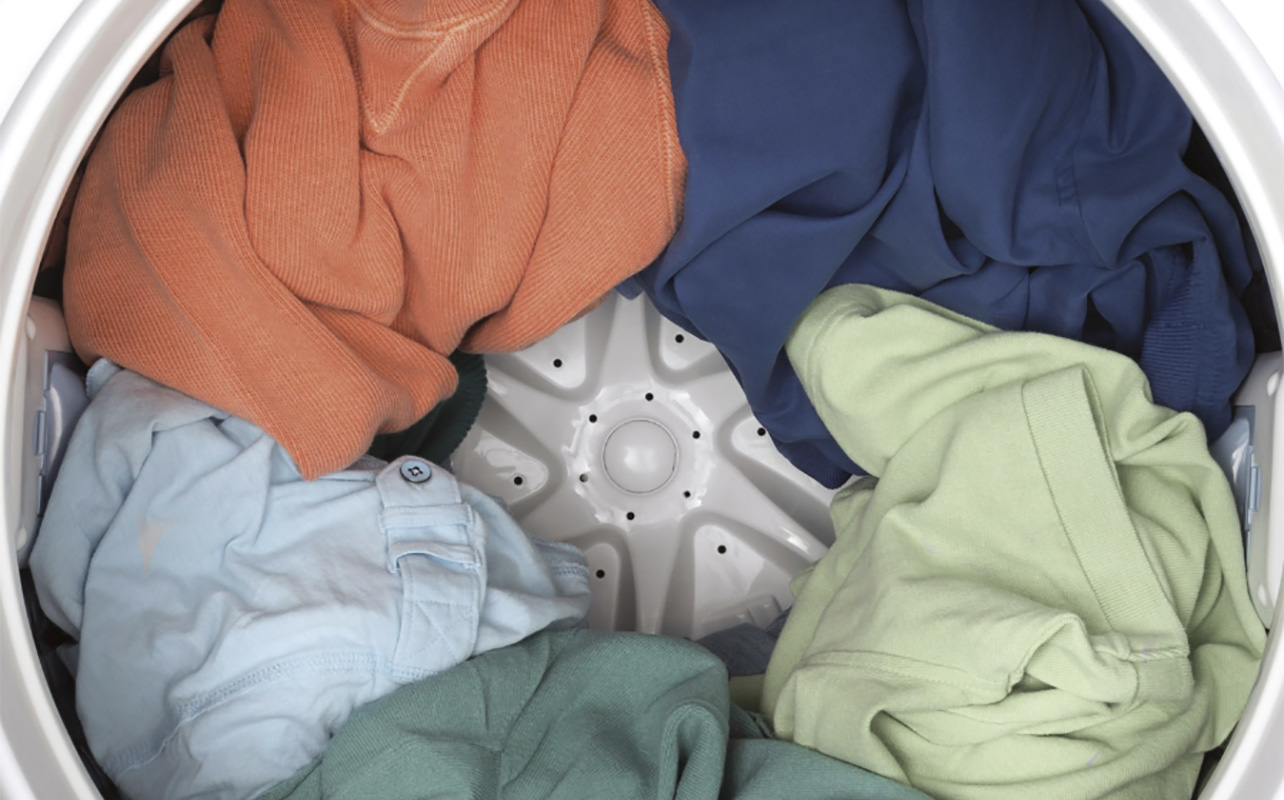
Capacity numbers don’t mean much unless you know what they translate to in actual loads. Here’s how common capacity ranges break down:
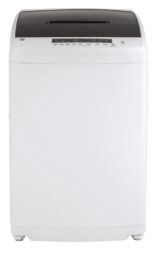
3.5–4.4 cu. ft. (Compact/small washing machines)
Ideal for singles, couples, or small households, these smallest laundry machines often come in apartment-size washer and dryer setups and are great for laundry closets or compact living spaces. This size works well for 1–2 people’s weekly laundry, including about 6–8 bath towels or one set of twin or double bedding such as sheets, pillowcases, and a light blanket. If you live in a condo or apartment with limited space and prefer doing smaller loads every few days, this capacity is a great choice for space-saving and quiet operation.

4.5–5.0 cu. ft. (Standard capacity)
This size is perfect for medium-sized families, balancing drum size with space efficiency and fitting well in most homes. Typically found in stackable washer dryer dimensions, these models suit both vertical and side-by-side installations. They handle about 3–4 people’s weekly laundry, full queen bedding sets, and a mix of gym clothes, school uniforms, towels, and loungewear in one load. For households of 3–5 people who do laundry a few times a week and want flexibility without sacrificing space, this range is ideally suited to your needs.

5.1+ cu. ft. (Large capacity)
Large capacity washers are designed for bigger households, frequent laundry days, or those who are regularly washing bulky items like king comforters, pet beds, or winter coats. These models can handle a week’s worth of laundry for a family of five or more in just one or two loads. If you have a large family or routinely tackle oversized laundry, a washer and dryer in this size range is a perfect fit. Just be sure to confirm the washer dryer measurements, as larger models may require more space.
How to choose the right size washer and dryer
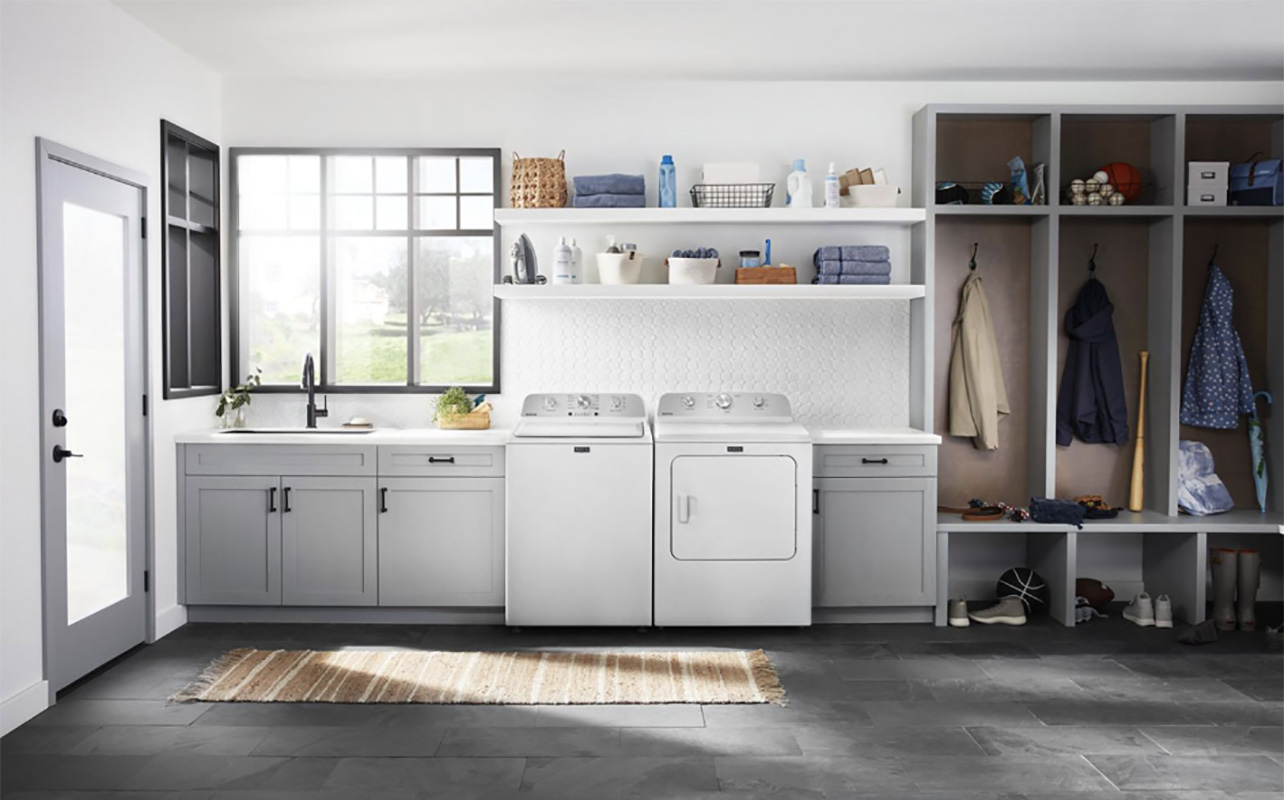
There’s no one-size-fits-all answer when it comes to washer and dryer dimensions. Here are five tips to help you choose what’s right for your home:
1. Assess your household size
The number of people in your home and how often they change clothes should guide your decision. A student living solo may need a washer small model, while a family with kids and pets likely needs a high-capacity option. If you have kids who play sports or you work out daily and have extra washing needs, you might want to consider capacity to accomodate these extra loads.
2. Think about what you wash
Do you regularly wash comforters, sports uniforms, or heavy-duty workwear? Those items take up more room and benefit from larger drums. Pet owners may also want extra capacity to wash beds and blankets efficiently.
3. Measure your space (twice)
Before you shop, measure the area where your washer and dryer will go, including door clearance and room for hoses and ventilation. Be sure to account for washer dryer width, depth, and height. If space is tight, consider a stackable washer and dryer setup or a slim apartment-size dryer and washer.
Pro tip: Check both external measurements (how big the machine is) and internal capacity (how much it can hold). A large-looking washer doesn’t always mean it has a large drum.
4. Frequency of laundry
Do you prefer to do small loads daily or big ones weekly? Daily washers may benefit from energy-efficient small clothes washer models, while weekly marathoners may find a large capacity set more efficient.
5. Energy and water efficiency
Larger machines use more resources per cycle. But if you do fewer loads, it can still be energy-efficient overall. Look for ENERGY STAR® certified appliances to ensure you’re minimizing waste, no matter the size.
Common mistakes to avoid when choosing laundry capacity
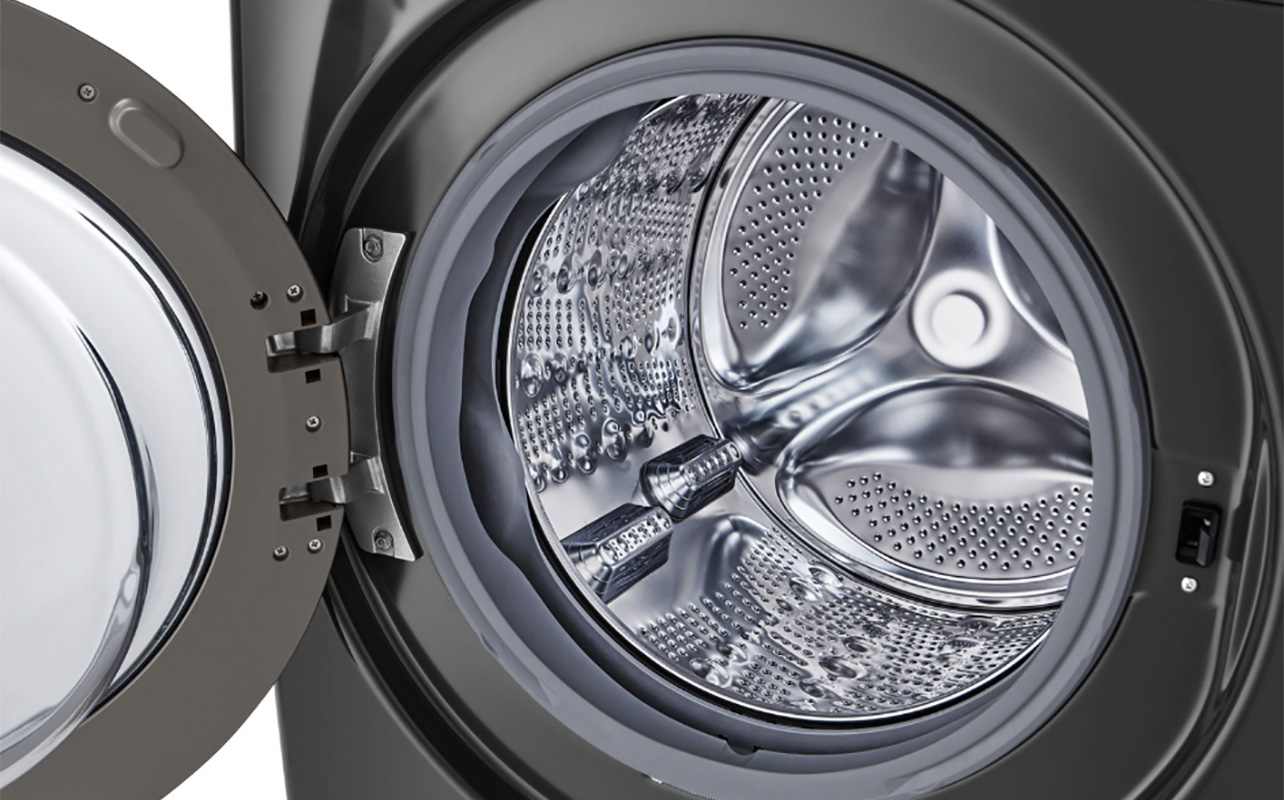
Ignoring the capacity rating system
Don’t compare a 5 cu. ft. IEC washer to a 5 cu. ft. DOE washer. That’s like comparing a backpack’s outer volume to its usable space. Be sure to dig into the specs or ask a Blue Shirt expert at Best Buy for help.
Buying too big for your space
Oversized washers in tight spaces can create noise, vibration, and fitting issues. If you’re in a smaller home, look into smaller sized washer dryer models or stacked washer dryer units that give you flexibility without bulk.
Underestimating your laundry habits
You might think you don’t need much capacity, that is, until laundry piles up from guests, seasonal bedding, or back-to-school chaos. Plan ahead for how your laundry needs might change.
Final thoughts
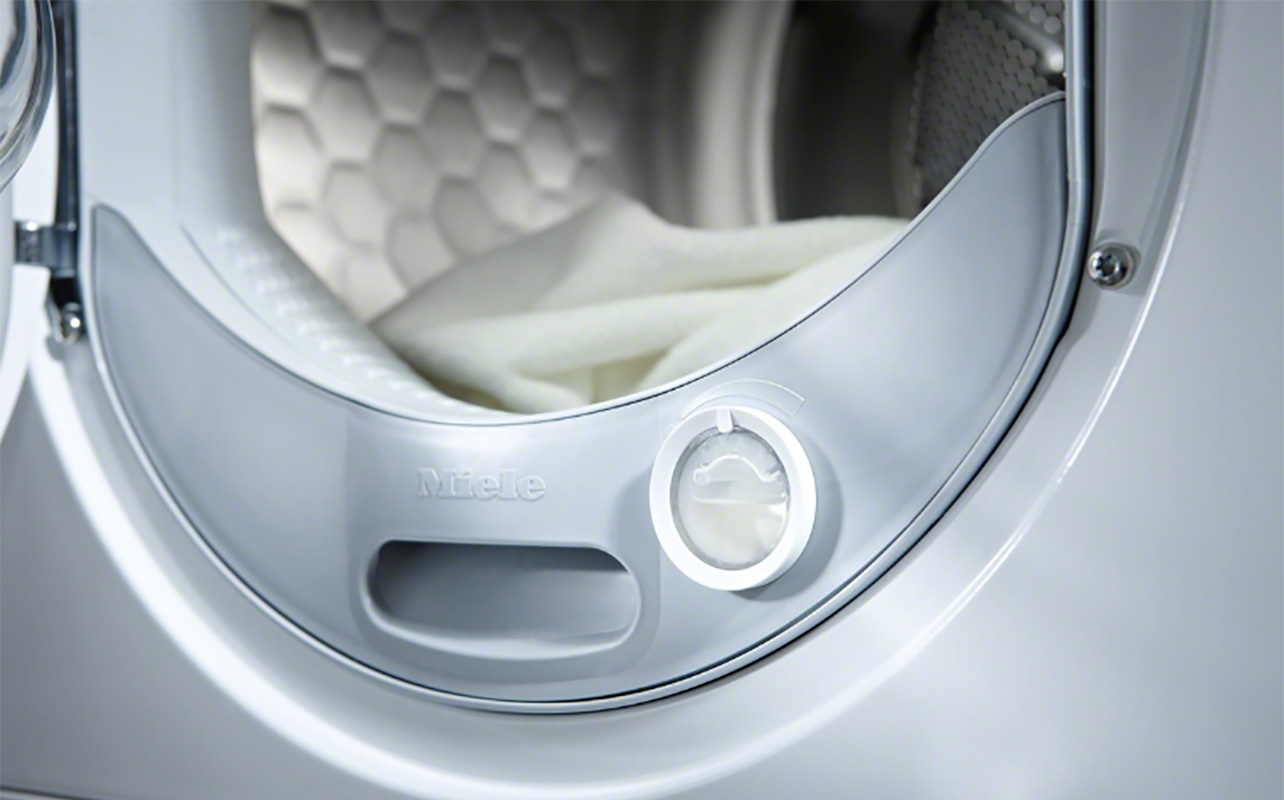
Choosing the right washer and dryer size isn’t just about fitting a machine in your laundry room, it’s about fitting it into your life. From compact, apartment-size washer dryer dimensions to high-capacity models that can tackle a week’s worth of laundry in one go, there’s a solution for every home.
The key is knowing how to interpret capacity specs, compare rating systems, and think through your actual laundry habits. When you do, you’ll spend less time on laundry and more time enjoying clean clothes.
Ready to find your perfect laundry match?
Explore our wide selection of washers and dryers, including apartment-size machines, stackable washer dryer sets, and high-capacity models. Every listing shows clear dimensions to help you choose the right fit.
Note: Capacity Ratings
Laundry capacity refers to how much you can wash at a time. In North America, washer and dryer capacities are rated in either I.E.C. (European standard) or D.O.E. (U.S. Department of Energy). These ratings differ slightly. For example, a washer with a 5 cu. ft. I.E.C. capacity would be approximately 4.3 cu. ft. D.O.E. Many European washers will also use kilograms to rate their capacity. Be sure to check that you’re comparing laundry capacity using the same rating system, or ask one of our Product Experts to help you.
This article was drafted using AI technology and then reviewed, fact-checked, and revised by a member of our editorial team.





